Whether spring cleaning, daily cleaning, or moving home, having the right cleaning supplies makes removing stains, odors, and dust faster and easier. But the huge selection of products and brands makes it hard to know which ones to buy. To help you, we’ve compiled a checklist of cleaning products that will leave every room fresh, tidy, and germ-free.
After reading this guide, you’ll know which must-have household cleaning products are missing from your cupboard. You’ll explore the most powerful cleaning products and the eco-friendly options too. And as an added bonus, you’ll get tips on which cleaning products work best for each room, as well as tips for organizing and disposing of your cleaning products.

Must-Have Cleaning Products for Every Home
To start, make sure you’ve got the basics, as some household cleaning products should be a permanent fixture in every home.
- All-purpose cleaner
- Disinfectant spray/wipes
- Glass cleaner
- Microfiber cloths
- Scrub brushes
- Broom and dustpan
- Mop (spray or traditional)
- Vacuum cleaner
- Sponges and scouring pads
- Rubber gloves
- Toilet brush and bowl cleaner
- Trash bags
- Paper towels or reusable rags
Eco-Friendly and Safe Household Cleaning Products
When it comes to stocking must-have household cleaning products, there is no reason why they cannot be eco-friendly. Sustainable cleaning products are better for the environment, safer for children and pets (and adults too), and often just as unforgiving on dirt as synthetic chemical options.
Environmentally Friendly Household Cleaning Products
To find sustainable cleaning products, look for products labeled “biodegradable,” “cruelty-free,” or “made without phosphates or ammonia.” This way, you’ll ensure they’re not tested on animals and that they protect the planet, the atmosphere, and our wildlife. Some of the eco household cleaning product brands to consider include Seventh Generation and ECOS.
Non-Toxic Household Cleaning Products
Non-toxic household cleaning products may seem an obvious choice, but they are even more important if your household includes someone who likes to lick or chew surfaces (such as small children or pets). Check the ingredients in cleaning products for particularly strong chemicals, such as bleach or formaldehyde, and choose plant-based formulas where possible.
DIY Cleaners Using Household Items
Sometimes, an old natural trick or recipe from grandma really does work (and it can save you money, too). Some examples within cleaning include:
- White vinegar is a natural disinfectant and deodorizer.
- Baking soda can deodorize carpets, fridges, and drains.
- Lemon juice removes grease and leaves a fresh scent.
- Castile soap is a gentle cleaning agent.

Room-by-Room Cleaning Supply List
Each room in a house is subject to a different type of dirt. For example, a kitchen is more prone to grease, a bedroom to dust, and the bathroom to hair and hygiene product stains. Here’s a breakdown, with a cleaning supplies checklist for each room:
Kitchen
- Degreaser spray and/or white vinegar cleaning solutions
- Dish soap, sponges, and dishwashing gloves
- Dishwasher tablets and dishwasher salt (if you have a dishwasher)
- Stainless steel cleaner for pots, pans, and cooking appliances
- Garbage disposal bags
- Baking soda for cleaning the fridge and microwave
- Anti-bacterial spray and cleaning cloths/paper towels
- Floor mop and floor cleaner
- A vacuum
Bathroom
- Toilet bowl cleaner and toilet brush
- Bleach-free shower and bathtub cleaner
- Disinfectant spray or wipes
- Mildew remover or hydrogen peroxide spray
- Glass cleaner (your vinegar solution will work wonders here!) and cleaning cloths
- Scrubbing brush for tiles and grout
Living Areas
- Upholstery cleaner or spray foam
- Wax spray or wood polish for wooden furniture
- Duster and wiping cloths
- Carpet cleaner and stain remover
- Robot vacuum for constant automated cleaning
For the full list in an easily printable format that you can take to the store, consult the cleaning supplies checklist table further down this article.

Cleaning Tools That Make a Real Difference
Sometimes, even the right products won’t help us keep a clean and tidy home. Why? Because we don’t have the time. This is where cleaning tools can make a real difference to a working household. Below you’ll find the top household cleaning products to shake up your cleaning routine and slash your cleaning time in half.
Robot Vacuums
The robot vacuum is a revolutionary cleaning product that will take care of the cleaning itself. And the best part? It’s affordable. Robot vacuums like the Dreame X50 Ultra Robot Vacuum will map your home and respond to a schedule, meaning your house will be cleaned at times that work for you (so there’s no need to trip over your vacuum helper when carrying a much-needed glass of red wine over to your white sofa). Robot vacuums are especially good for pet owners, as consistent cleaning can reduce dander, and thus allergic reactions.
[product handle="x50-ultra-robot-vacuum" rating="4.7"]
Wet and Dry Vacuums
Using a traditional vacuum on a moist surface can result in the harboring of bacteria within the vacuum and even cause damage to the internal components; however, a wet and dry vacuum, such as the Dreame H15 Pro Heat Wet and Dry Vacuum, can tackle all surface types safely and efficiently. Using a wet and dry vacuum means better cleaning flexibility, since you can equally vacuum living areas and bathrooms, but it can also mean a longer usage period since it is less prone to breakage.
[product handle="h15-pro-heat-wet-dry-vacuum" rating="4.7"]
Cordless Vacuums
Cordless vacuums offer a neat and compact vacuum experience for easy cleaning around the home; however, it’s important to check that your cordless vacuum of choice has a good battery life before you purchase it. The Dreame Z30 Cordless Stick Vacuum’s compact design and sturdy battery make it a great option for daily touch-ups and for reaching those high-up places that are out of reach for a traditional vacuum.
[product handle="z30-cordless-stick-vacuum" rating="4.6"]
Technology in cleaning is constantly evolving and offering new gadgets to simplify and speed up this sometimes-mundane task. If you’re interested in learning how to choose the right automatic cleaning tools, we’ve got a guide for that too.
Cleaning Supplies Checklist
To help simplify your shopping trip for cleaning products, we’ve compiled a household cleaning supplies checklist that is easily readable and printable. You could also stick it on the back of the cupboard door to encourage the other members of your household to do their bit!
| Item | Use Area | Eco Option Available |
|---|---|---|
| All-Purpose Cleaner | All rooms | Yes |
| Glass Cleaner | Kitchen, Bath | Yes |
| Disinfectant Spray/Wipes | High-touch areas | Yes |
| Baking Soda | Kitchen, Bath | Yes (DIY) |
| White Vinegar | Kitchen, All rooms | Yes (DIY) |
| Lemon Juice | Kitchen, Bath | Yes (DIY) |
| Robot Vacuum Cleaner | All rooms | Energy-efficient |
| Mop/Wet & Dry Vacuum | Hard floors | Yes |
| Cordless Stick Vacuum | All rooms | Rechargeable |
| Microfiber Cloths | All rooms | Yes |
| Scrub Brushes | Bath, Kitchen | Yes |
| Trash Bags | All rooms | Compostable options |
| Toilet Bowl Cleaner | Bathroom | Yes |
| Dish Soap | Kitchen | Yes |
| Carpet/Upholstery Cleaner | Living Areas | Yes |
Cleaning Supplies Organization and Disposal Tips
How to Organize Your Cleaning Closet
- Use separate boxes or clean bags to separate your cleaning products by room
- Label everything
- Store sprays the right way up and away from heat and moisture
Where to Buy Household Cleaning Products Affordably
- Bulk buying is usually cheaper, so head to warehouse stores like Costco or Sam’s Club
- Buy your basics, such as gloves and scrubbers, at dollar stores
- Eco-conscious stores like Grove Collaborative often offer competitive pricing
How to Dispose of Household Cleaning Products Safely
- Chemicals should NEVER be disposed of down drains or put in the trash
- Take chemical products to hazardous waste disposal sites
- Finish the product before recycling the container
For additional guidance on how to safely dispose of chemical cleaning products, consult the EPA’s guide to disposing of cleaners.
Where to Donate Unused Cleaning Products
- Community centers and local shelters often accept unopened cleaning products
- Ask at the local schools, churches, activity centers, and mutual aid groups
Bonus: What NOT to Mix When Cleaning
You may think that cleaning products are harmless, but remember that a lot of them are chemicals, and mixing them can cause strong (often unwanted) chemical reactions. Stay on the safe side and refrain from mixing the following ingredients:
- Bleach and ammonia can cause toxic chloramine gas
- Bleach and vinegar can cause chlorine gas
- Hydrogen peroxide and vinegar can cause peracetic acid, which can burn your skin
- Baking soda and vinegar placed together in a sealed container can cause a pressure buildup that can eventually blow up
Stay safe by always reading product labels and don’t mix anything unless the instructions specifically ask you to. After reading this, you may wonder, “Are household cleaning products dangerous?” The truth is that they can be misused. So, handle them with care and don’t give chemical-based cleaning products to children.
Conclusion
Keeping a tidy home can seem like an impossible task, but when armed with a reliable cleaning supplies checklist of top household cleaning products, it gets a lot easier. In addition, today’s market means you can choose the cleaning products that align with your values (such as eco-friendly options) or the cleaning tools that will do the work for you (such as robot vacuum cleaners), meaning more clean surfaces with less stress.
Now that you’re armed with the right cleaning products for you, you’re ready to go pro. Read our blog to learn cleaning strategies, including how to clean your room efficiently, and how to take care of specialty surfaces, such as how to care for hardwood floors.
















































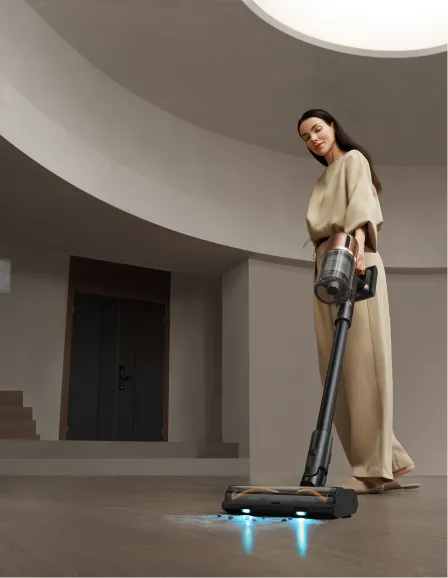

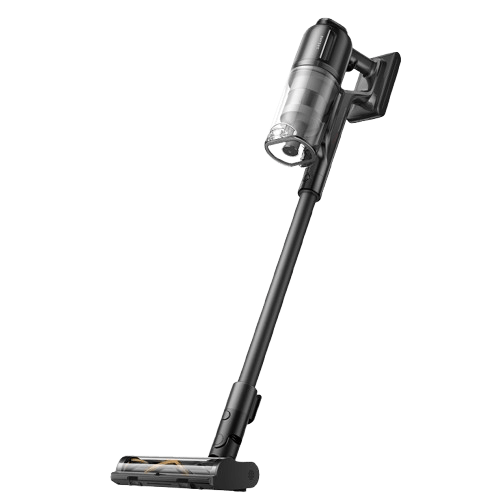

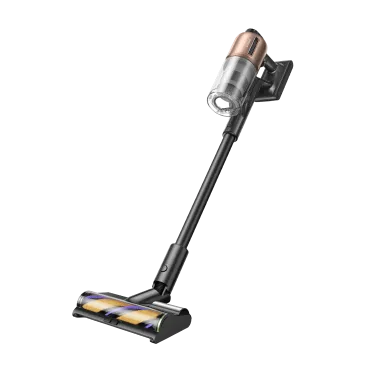
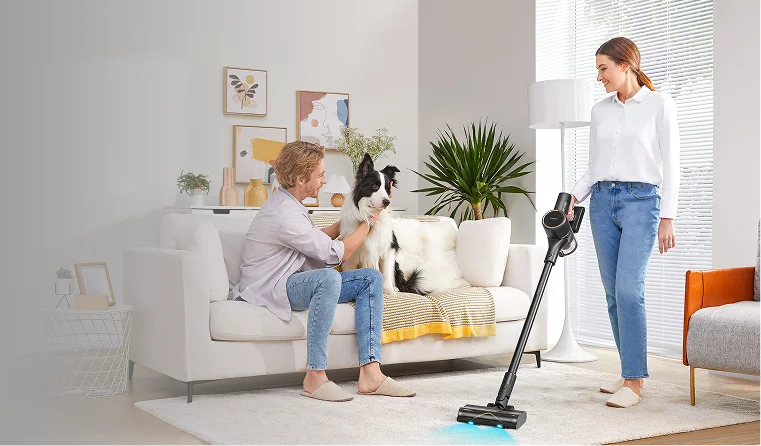
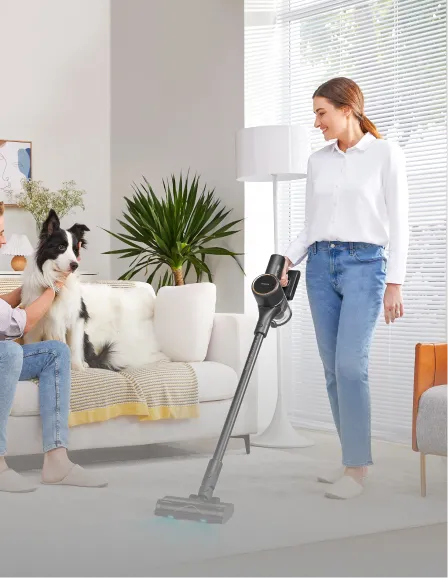
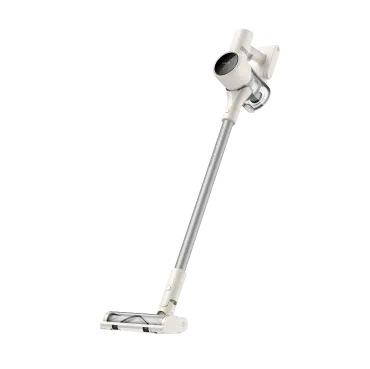
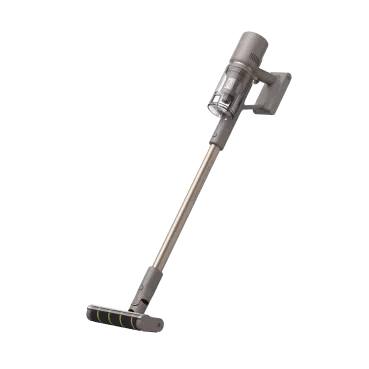
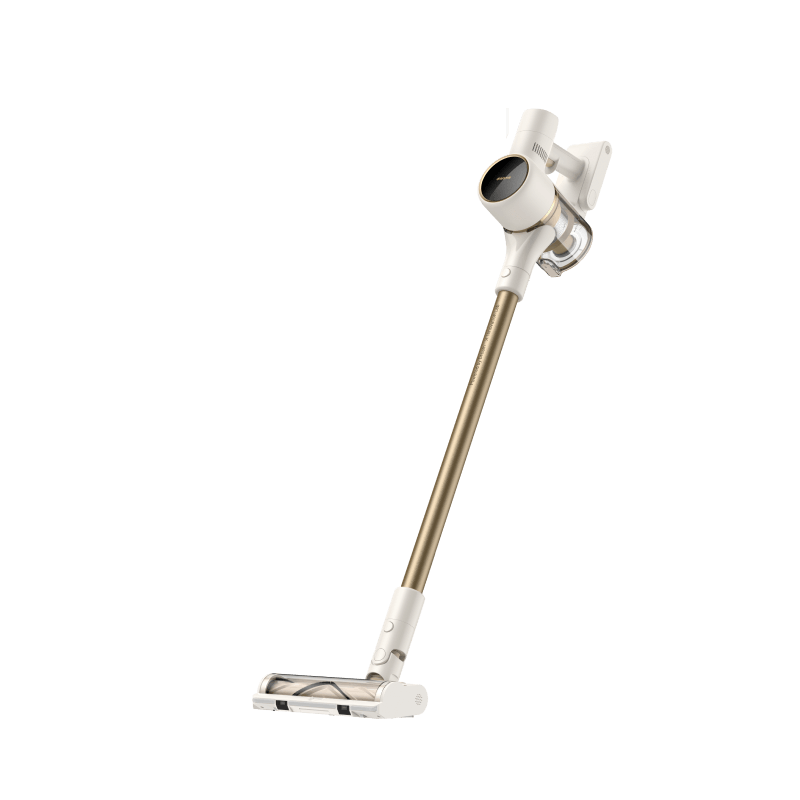
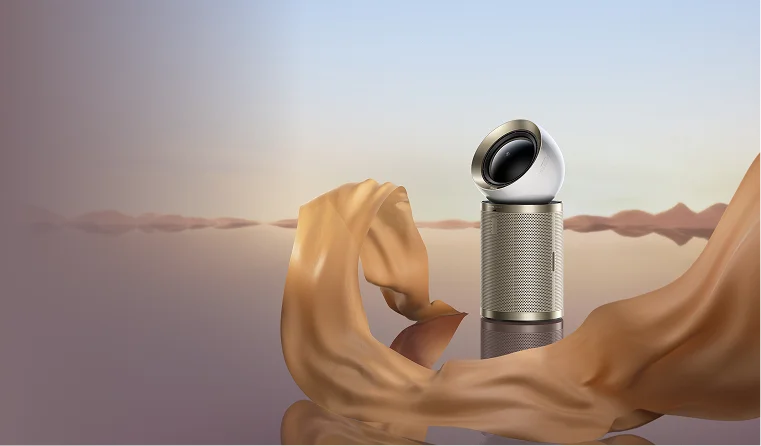
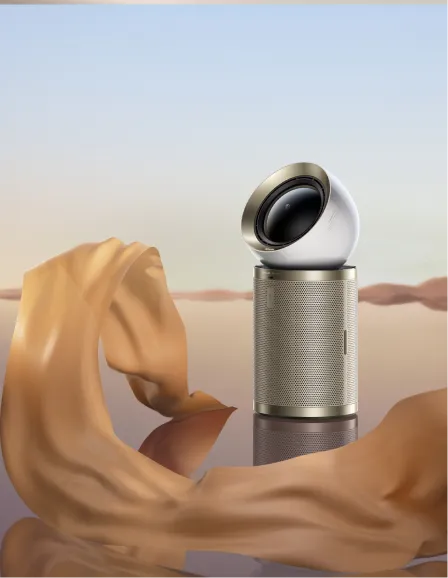

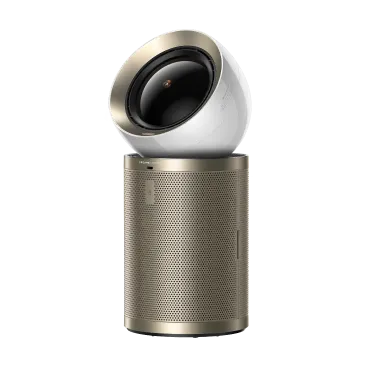

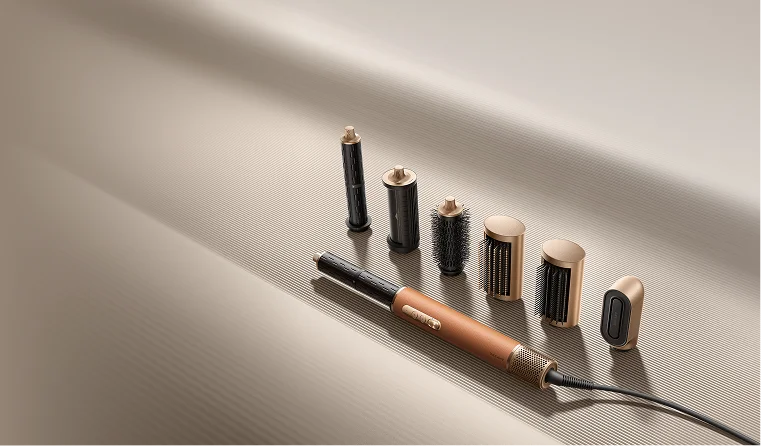
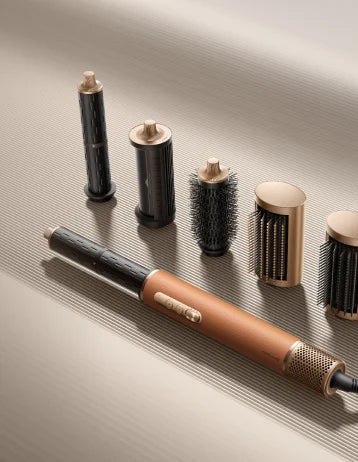
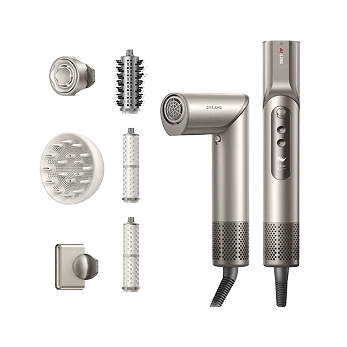


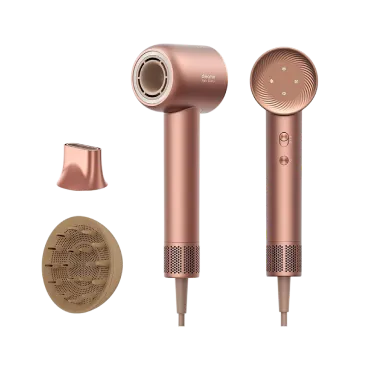
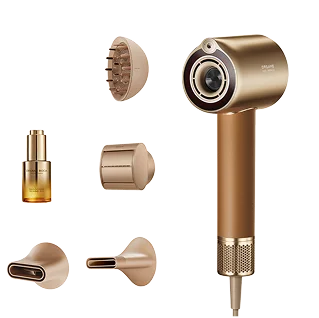




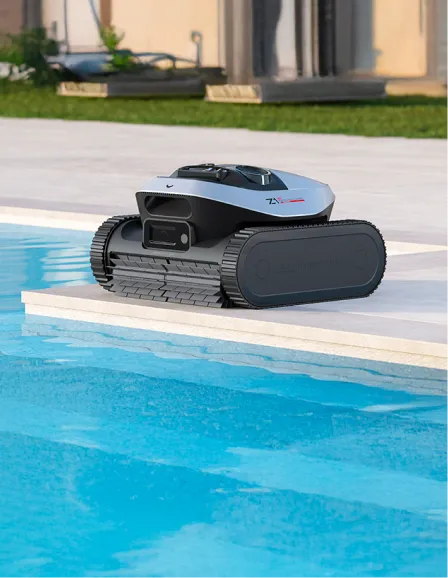
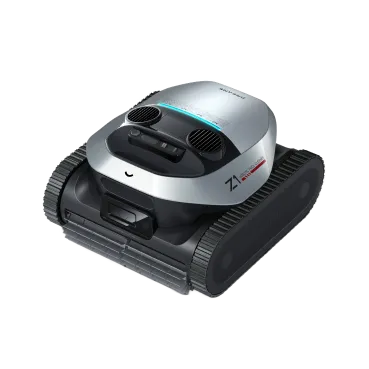
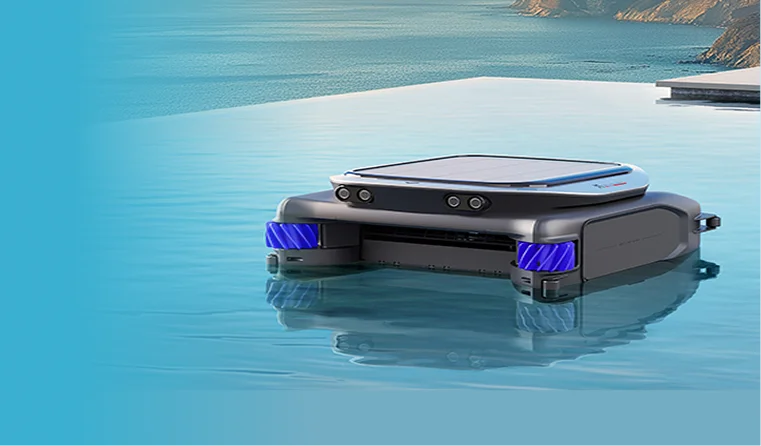











 Australia
Australia 中国大陆
中国大陆 日本
日本


 Türkiye
Türkiye


 Italia
Italia
 Netherlands
Netherlands Belgium
Belgium
 Greece
Greece Polska
Polska
 Norway
Norway
 Sweden
Sweden
 Finland
Finland
 Denmark
Denmark
 Hungary
Hungary Czechia
Czechia
 Slovenia
Slovenia
 Croatia
Croatia
 Switzerland
Switzerland United Kingdom
United Kingdom
 Canada
Canada


